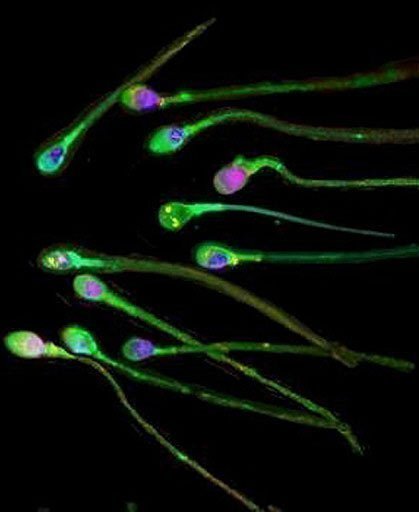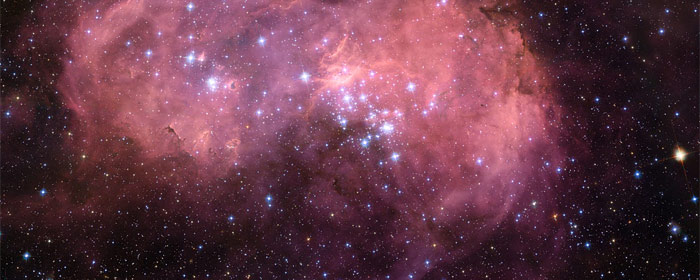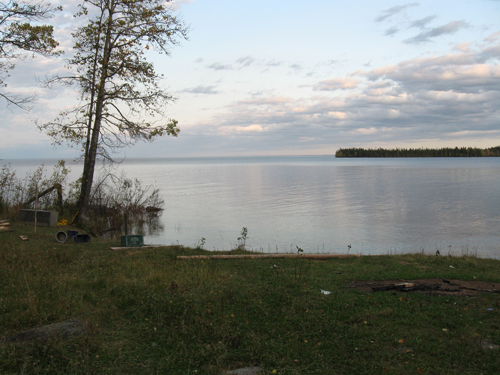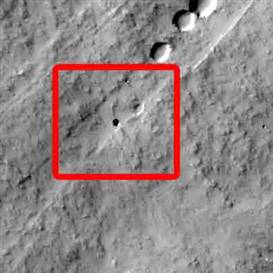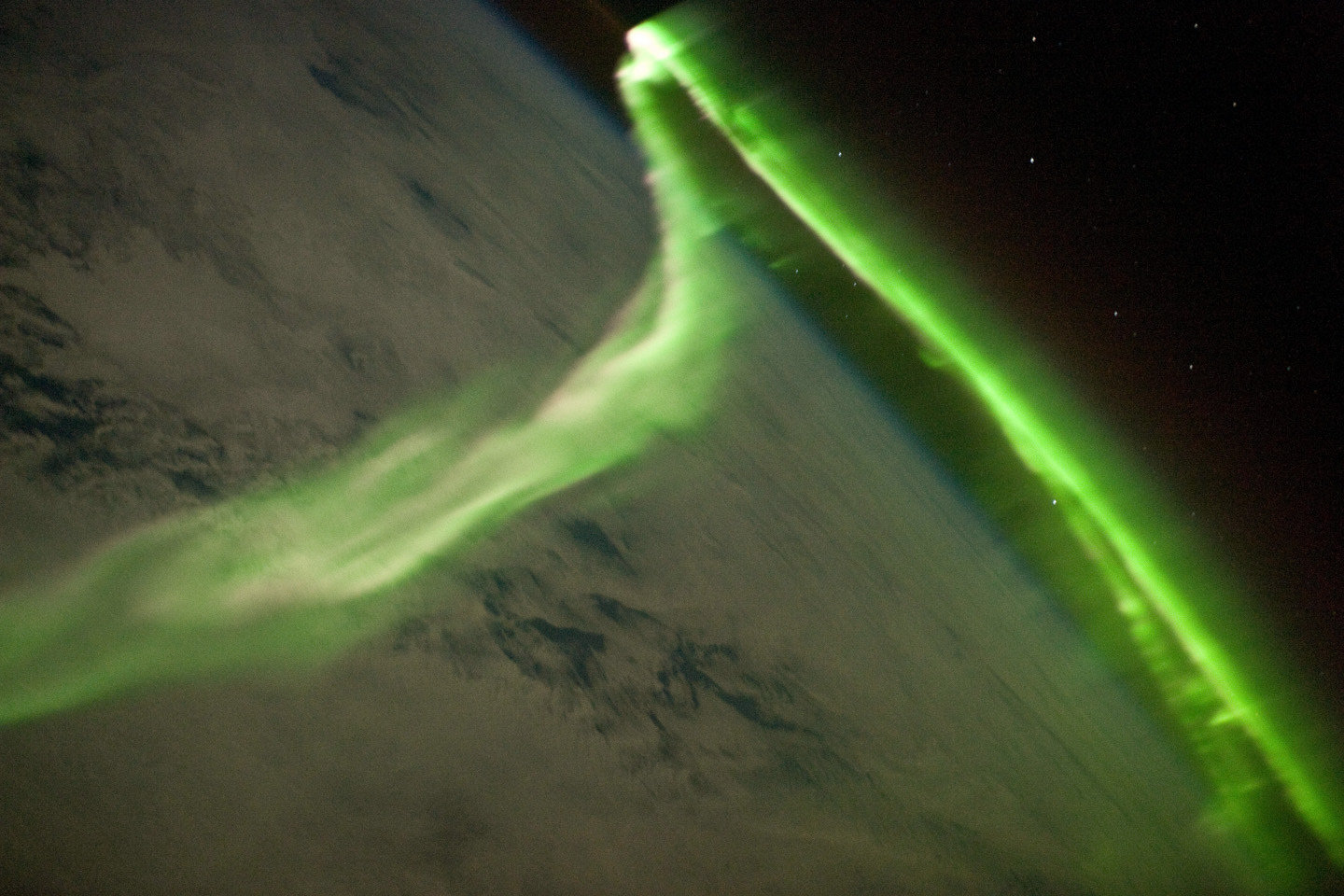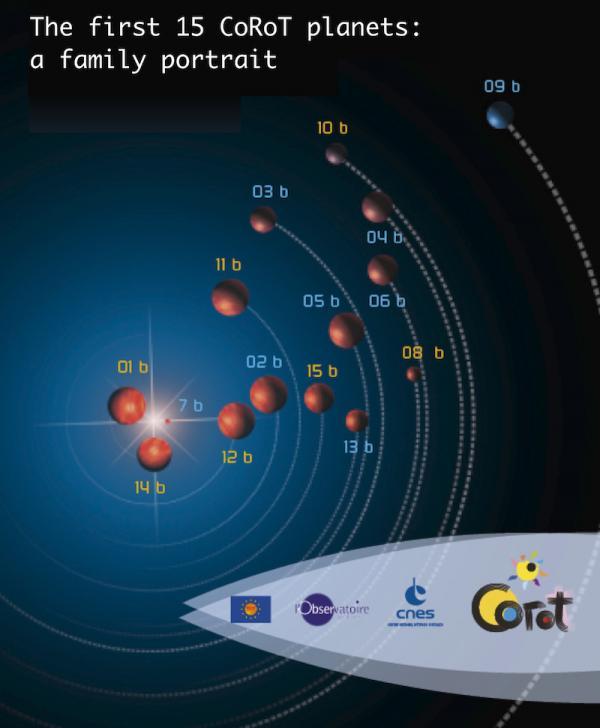
© CoRoT exoplanet programThe CoRoT family of planets.
An international team, including
Oxford University scientists, has discovered six diverse new planets, from 'shrunken-Saturns' to 'bloated hot Jupiters', as well a rare brown dwarf with 60 times the mass of Jupiter.
The CoRoT (Convection, Rotation and Transits) space telescope is operated by the French space agency CNES. It discovers planets outside our solar system -- exoplanets -- when they 'transit', that is pass in front of their stars.
Once CoRoT detects a transit, additional observations are made from the ground, using a number of telescopes all over the world. Although astronomers cannot see the planets directly, they use the space- and ground-based data to measure the sizes, masses, and orbits of these new planets precisely. This is why, among all known exoplanets, those with transits yield the most complete information about planet formation and evolution.
"Each of these planets is interesting in its own right, but what is really fascinating is how diverse they are," said co-investigator Dr. Suzanne Aigrain from Oxford University's Department of Physics. "Planets are intrinsically complex objects, and we have much to learn about them yet."
